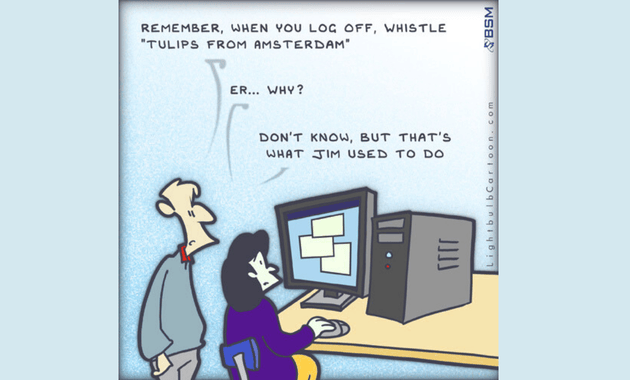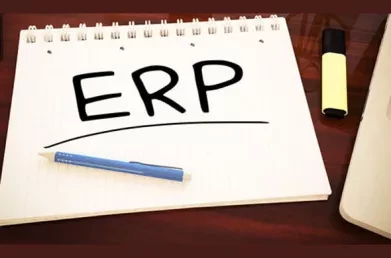Getting More Value from your ERP System - Sustaining User Training
It’s an insidious problem - there are still key users in place and they are still providing system knowledge and training. However, the pool of knowledge they are drawing from is getting smaller all the time.
Most organisations recognise that good quality user training during an ERP implementation project is one of the key drivers that will ensure the expected project benefits are delivered. What is less commonly understood is the way that the benefits gained may start to erode over time, unless the training is addressed on an on-going basis.
The typical training model used in ERP implementations is based on a “train the trainer” approach, where a selected group of key users are given system training by the ERP vendor. Each of these key users then provides training to their colleagues. When done properly, this approach is well proven, usually keeps training costs down to manageable proportions and ensures that system knowledge is transferred, at least to the key users.

After the system is implemented, the key users continue to be the source of training for new users and the people in the organisation who are consulted when the business requirements dictate that the system might need to be used in a different way. On the surface, this all seems fine, but sooner or later problems will start to occur, for three reasons:
- Lack of knowledge. The training originally provided to the key users was quite correctly focused on how to use the ERP system to support the business processes that existed at that time. If the processes change in future, key users can only contribute to training based on what they know.
- System upgrades. As time goes on, the ERP system will be upgraded. Each upgrade will bring new functionality and better features to the system. It is rare that key users receive any form of additional training as part of an upgrade.
- Key user attrition. This happens because the key users change role or leave the company. Of course, in each casea new key user should be selected as a replacement. The difficulty is that most new key users will usually not have been involved in the system implementation or have had the benefit of training from the ERP vendor, so they won’t pick up the same depth of understanding. The more key user changes there are the worse this problem becomes - it becomes the training equivalent of a Chinese Whisper.
All of these issues result in one net effect – a reduction in knowledge in the organisation about what the ERP system can do. It is a particularly insidious problem, because it is often not recognised. From a senior management perspective, there are still key users in place and they are still providing system knowledge and training. However, the pool of knowledge they are drawing from is getting smaller all the time. The inevitable result of this is an increase in the level of dissatisfaction with the system and a corresponding increase in the use of spreadsheets, desktop databases and other applications, which will often begin to chip away at the hard won gains in efficiency achieved as a result of the original ERP implementation.

The solution to all of this is simple and relatively inexpensive. Key users should receive regular training updates from the ERP vendor. The frequency depends on the level of change in the organisation, but a relatively small investment in this area will pay dividends in sustained or increased benefits.
This blog was written by Sean Jackson, Principal Consultant at Lumenia. If you would like further information on Sustaining ERP User Training or any other aspects of ERP please send an e-mail to Sean Jackson.


